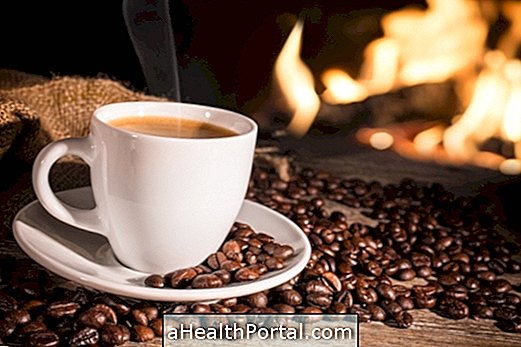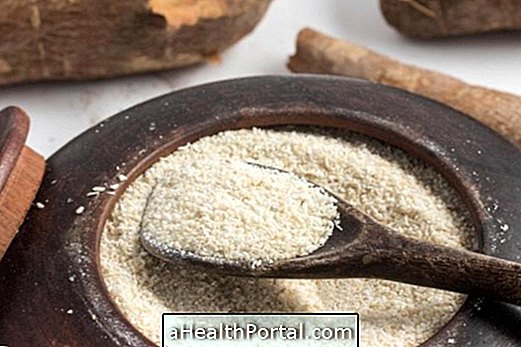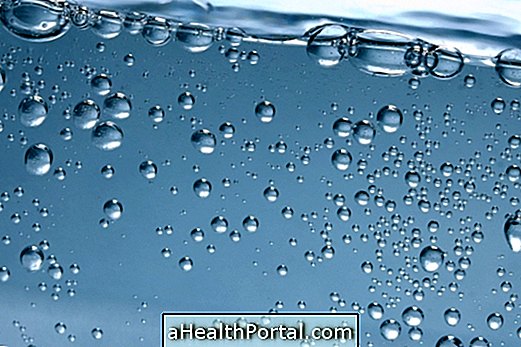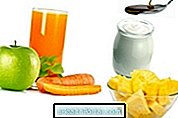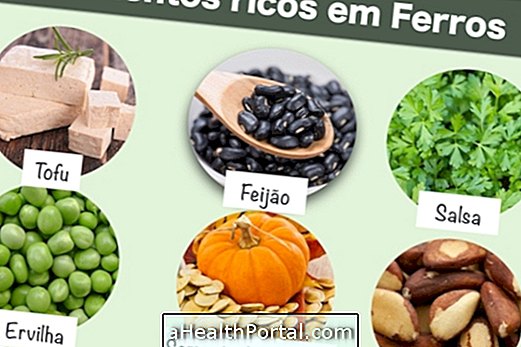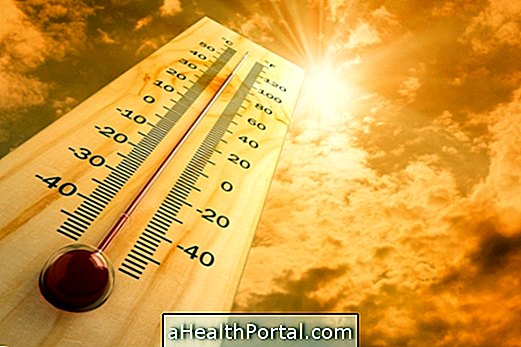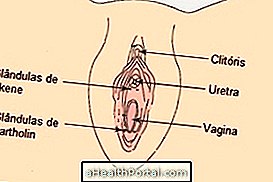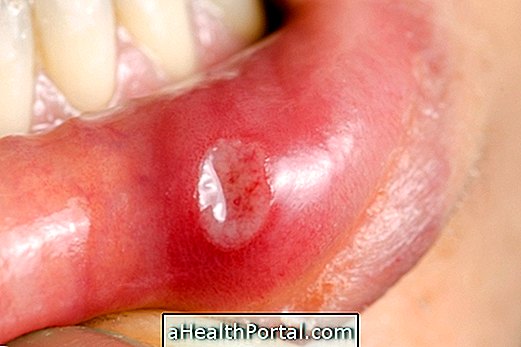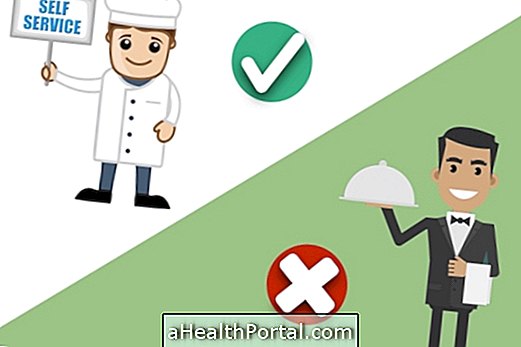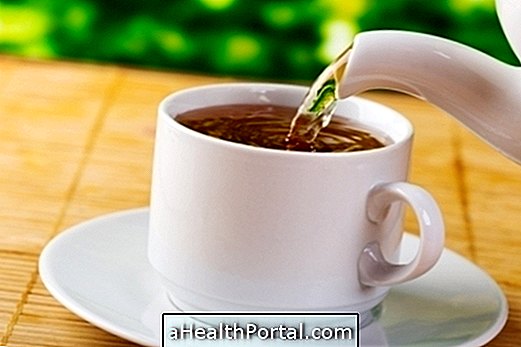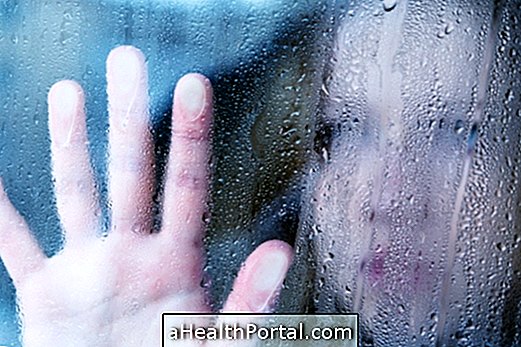Gluten is a protein found in cereals like wheat, rye and barley. Intake of food with these cereals is bad for people with gluten intolerance, such as celiac patients, because they can not digest this protein well, so when they consume foods with gluten they have symptoms like diarrhea, pain and abdominal bloating.
Gluten gets fatter?
Foods with gluten that are fattening are mainly those that also have fat and salt as ingredients, as in the case of cakes, biscuits and cookies, for example. However, foods like bread or toast, although they have gluten, only get fat if consumed in large quantities.
Removing gluten from food is common in some diets because gluten is present in many unhealthy and caloric foods, and its withdrawal contributes to improving the quality of daily food.
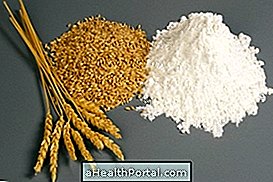

When should I give gluten foods to my baby?
Gluten should be introduced into the baby's food between 4 and 6 months of age, as children who have contact with gluten before or after that period are more likely to develop celiac disease, type 1 diabetes and wheat allergy. See the difference between allergy and food intolerance.
Products with gluten should be offered to the baby gradually while he is still breastfeeding, and one should be alert to intolerance symptoms such as bloated belly, diarrhea and weight loss. If these symptoms appear, the baby should be taken to the pediatrician for testing for gluten intolerance. See what it is and what the symptoms of gluten intolerance and celiac disease are.
Foods containing gluten
Foods containing gluten are all foods that can be made with wheat, barley or rye such as crackers, cakes, biscuits, breads, toasts, beers and any dough that yields wheat flour such as pizza dough and pasta, for example .
In general, food has many foods with wheat, which causes gluten to be consumed in large quantities, and so some individuals report improvements in health, especially in the regulation of the intestine, when they reduce the consumption of this nutrient. In addition, drinks like beer and whiskey also contain gluten as they are made from barley malt.
Gluten-free food
Gluten-free foods are mainly:
- Fruits and vegetables;
- Rice and its derivatives;
- Corn and its derivatives;
- Potato starch;
- Meat and fish;
- Sugar, chocolate, cocoa, gelatine and ice cream;
- Salt;
- Oils, olive oil and margarines.
These foods and other products made only with these ingredients, such as potato starch, for example, can be consumed in a gluten-free diet. The industrialized foods that have the label gluten free on the label also do not contain gluten and can be consumed by people intolerant to this protein.


The symbols may vary, but usually have one or several ears of wheat cut off, as shown in the pictures.
Benefits of removing gluten from food
The main benefit of removing gluten from food is the exclusion of processed and caloric foods from the diet, such as stuffed biscuits, pizzas and cakes. Even people who do not have gluten intolerance start to feel better because they begin to eat healthier, which improves the functioning of the intestine and the body. In addition, the gluten withdrawal can contribute to the decrease of gas and the swelling in the belly of some people more sensitive to this protein.
Constipation and excess gas can indicate problems with gluten, so see 7 signs that you may have gluten intolerance.
